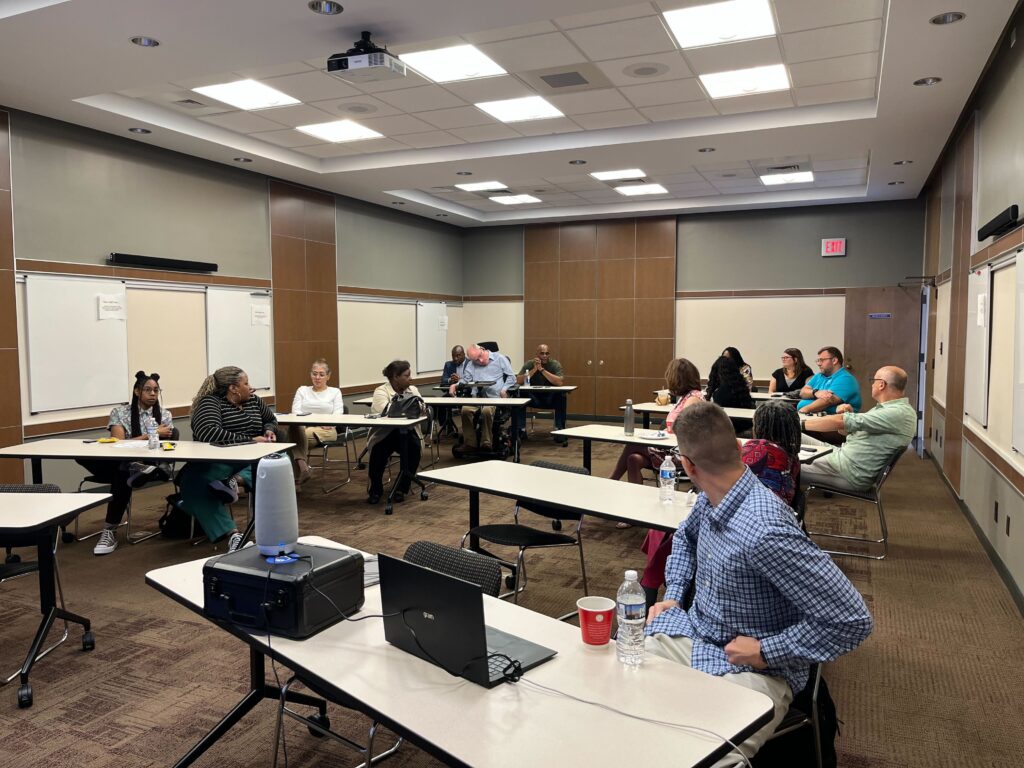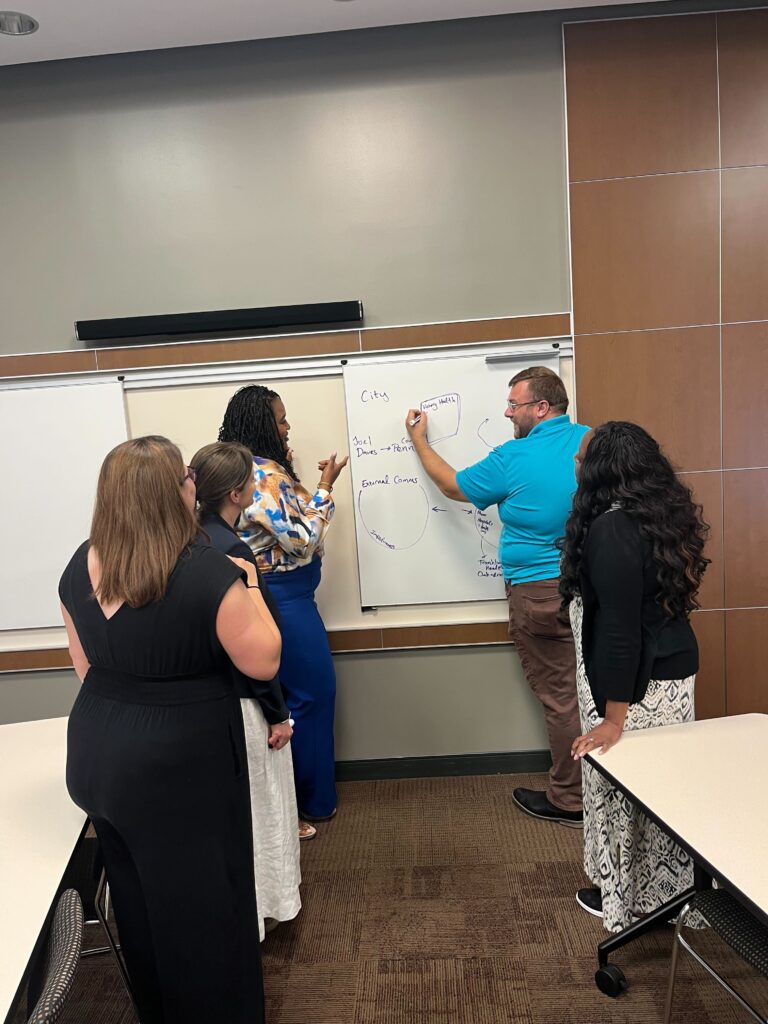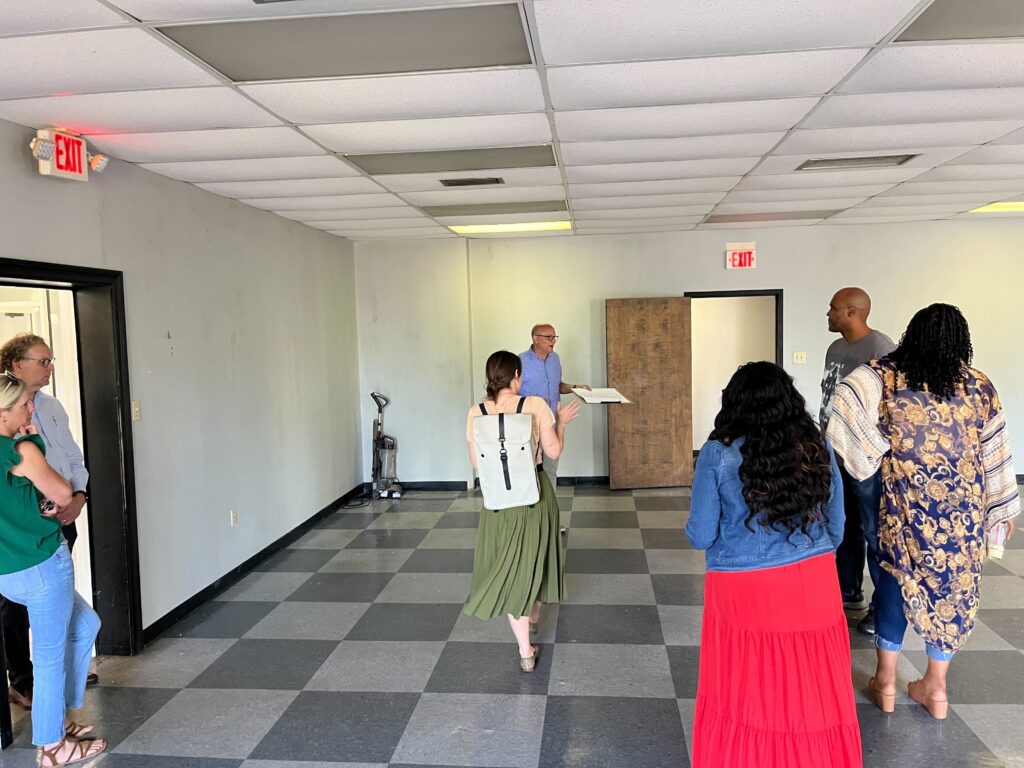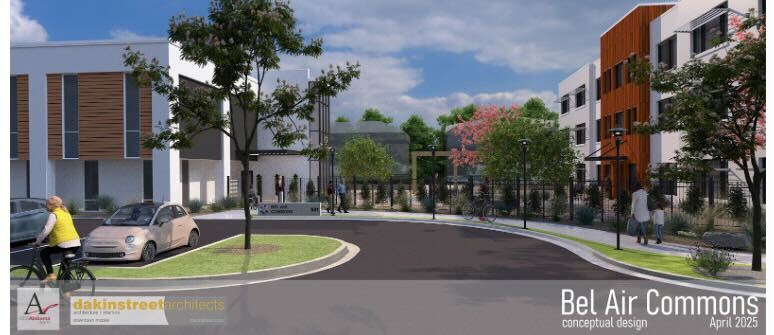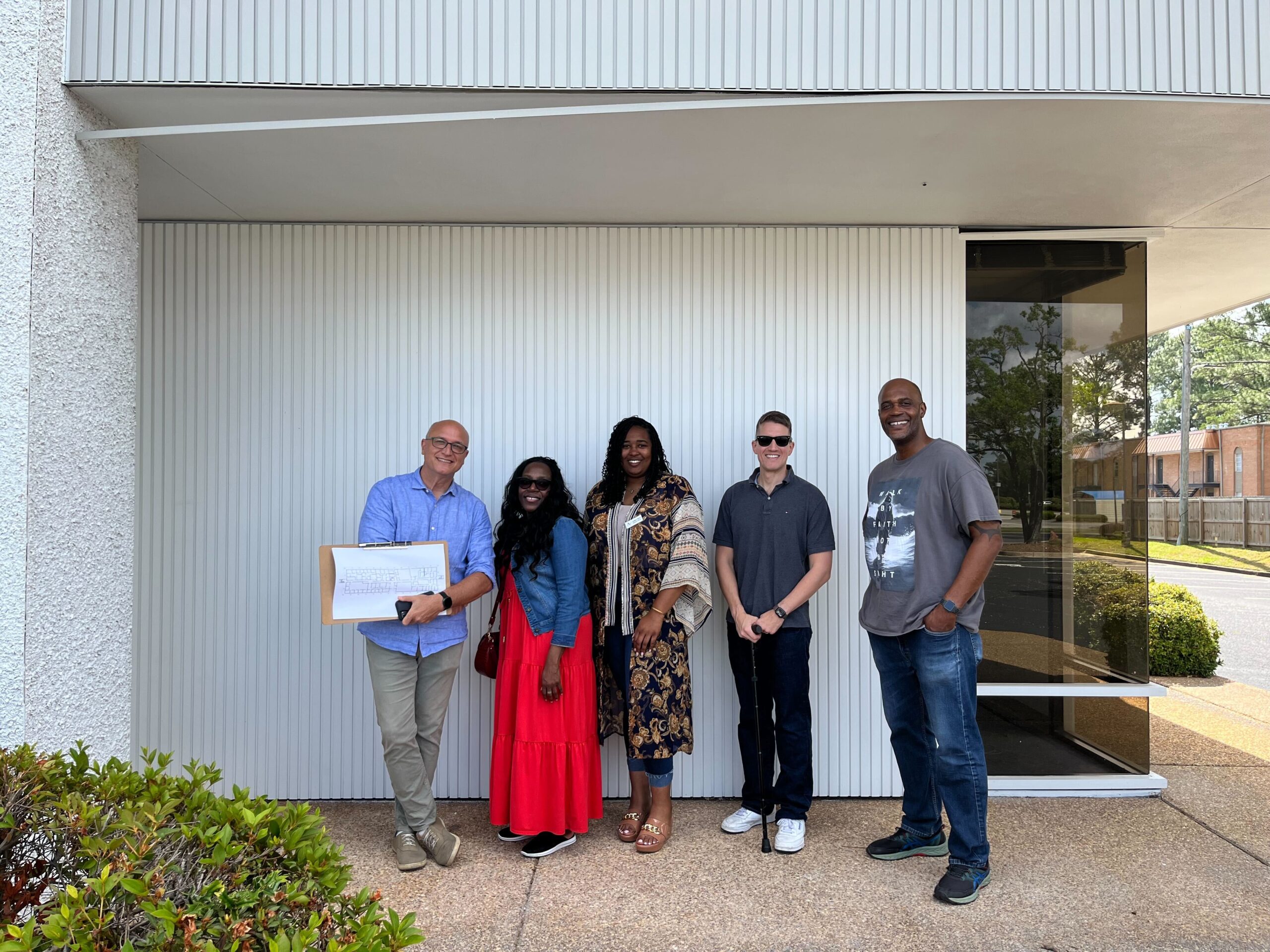Members of our Housing team traveled to Mobile, Alabama, to support AIDS Alabama South in advancing their inclusive and affordable housing initiative. Together, we cohosted a powerful convening that brought together a passionate group of community leaders, advocates, and partners. This gathering marked a major milestone in AIDS Alabama South’s efforts to develop a disability-forward housing community shaped by the voices and needs of underrepresented residents in Mobile.
Our Goals:
- Mobilize support for AIDS Alabama South’s vision of inclusive, affordable housing.
- Build authentic partnerships to ensure local voices—especially from marginalized communities—guide the project.
- Gather stakeholder input on the design, site selection, and development process.
- Promote disability-forward design while working to reduce stigma and misconceptions.
- Align with broader community priorities, including resilience, health equity, and economic development.
Highlights & Outcomes
During the convening, several key themes and accomplishments emerged that will shape the development moving forward. Community members emphasized the importance of family-friendly units, universal accessibility, outdoor gathering spaces, and on-site service coordination, making it clear that the housing must reflect local needs and values. Strong partnerships were also formed with local advocates, healthcare providers, and service organizations pledging their support for the housing initiative.
One of the most exciting outcomes was the identification and tour of a potential development site: A local architect joined the team to offer early concept sketches and a preliminary site analysis, helping to bring our vision to life and outline a practical development path.
We also explored strategies to reduce stigma by linking the housing initiative to broader disability-forward messaging and community revitalization efforts. Finally, we established a clear action plan with next steps focused on pursuing site control, securing key funding sources— including the Low Income Housing Tax Credit program (LIHTC) and Community Housing Development Organizations (CHDOs) —and maintaining strong stakeholder engagement.
Looking Ahead
This convening wasn’t just a meeting—it turned our technical assistance support into momentum for a new, disability-forward community. The energy, partnerships, and direction coming out of this convening have laid the foundation for housing that reflects the full diversity of Mobile.
We’re excited for what’s next and grateful to everyone who showed up, shared their experiences, and committed to making a disability-forward housing future a reality.
